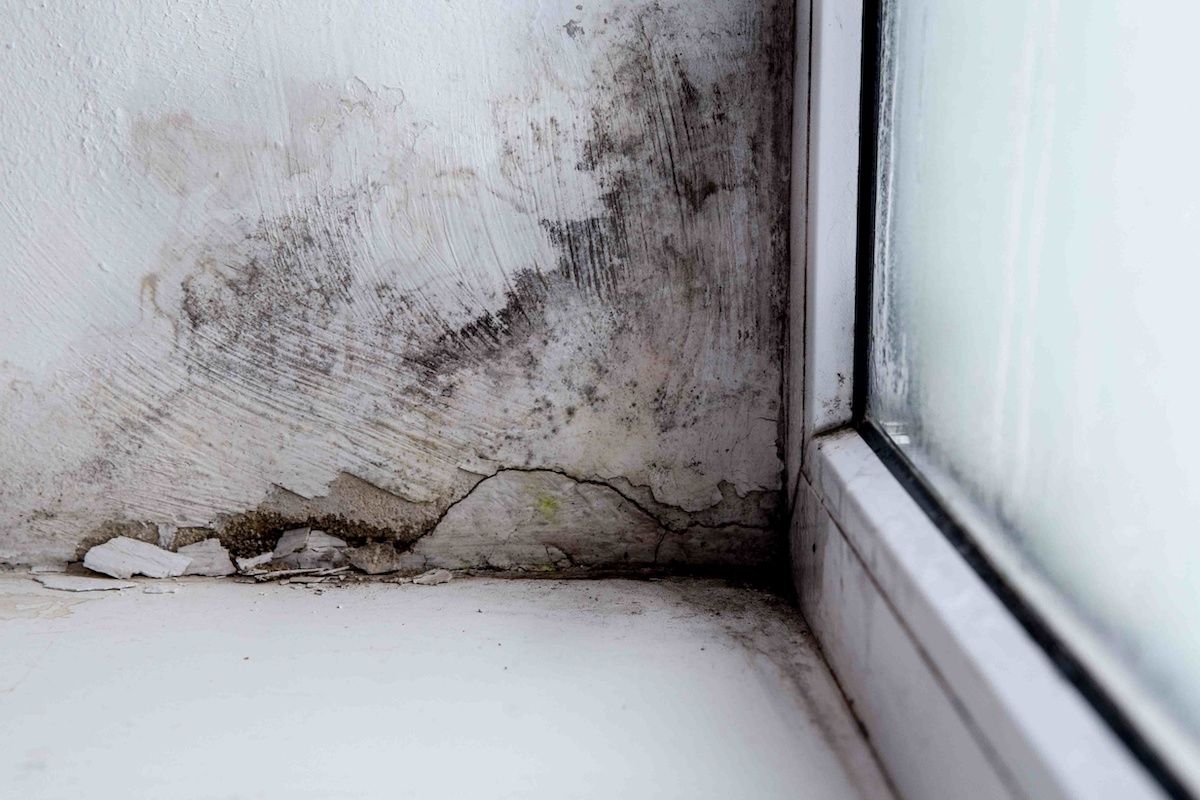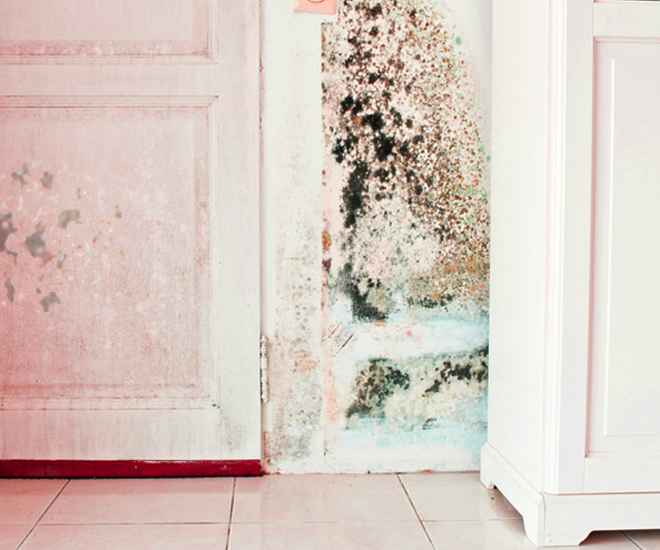Advice on What to Do After Mold Remediation
Advice on What to Do After Mold Remediation
Blog Article
Professional Tips for Post Mold And Mildew Remediation Success
In the world of mold and mildew removal, successfully eliminating mold is only half the battle; the true challenge lies in preventing its reappearance. Post-remediation initiatives play an essential function in making sure a mold-free atmosphere in the long-term. By adhering to professional suggestions and finest techniques, individuals can safeguard their spaces versus mold and mildew resurgence and keep a healthy interior setting. It is in this stage of the remediation process that focus to detail and proactive procedures genuinely make a difference.
Monitor Humidity Degrees Consistently
After finishing mold and mildew remediation treatments, preserving optimal moisture levels is important to prevent mold and mildew re-growth and make certain a healthy indoor environment. High moisture degrees over 60% create a favorable setting for mold and mildew to thrive, making routine keeping track of a proactive measure to stop any future mold issues.
Furthermore, establishing a routine schedule for moisture checks, particularly in high-risk areas such as kitchen areas, washrooms, and cellars, is a proactive technique to mold prevention. By regularly monitoring moisture degrees, building proprietors can properly mitigate the risk of mold reoccurrence and preserve a healthy and balanced indoor atmosphere post-remediation.
Conduct Thorough Inspections Post-Remediation
Complying with the conclusion of mold remediation procedures, it is vital to carry out extensive assessments to validate the efficiency of the remediation process. These post-remediation assessments are important in guaranteeing that the mold concern has been efficiently resolved and that there is no reappearance or remaining mold and mildew development. Evaluations should be performed by certified professionals that have competence in recognizing mold and examining interior air high quality.
Throughout these examinations, various methods such as visual evaluations, air tasting, and surface sampling may be employed to extensively assess the remediated locations. Aesthetic evaluations involve a thorough assessment of the properties to examine for any kind of visible signs of mold and mildew growth or water damage. Air sampling helps in establishing the air-borne mold spore levels, while surface tasting can detect mold and mildew particles on surfaces.
Implement Proper Ventilation Approaches
After making sure the efficiency of the mold removal procedure with thorough examinations, the next vital action is to concentrate on carrying out appropriate ventilation methods. Appropriate ventilation is vital in preventing mold reoccurrence by regulating dampness levels and advertising air flow. To achieve this, it is recommended to utilize exhaust followers in locations susceptible to high humidity, such as kitchen areas and restrooms. Additionally, opening doors and home windows when climate permits can assist boost air movement and reduce wetness build-up. Air dehumidifiers and cleansers are also beneficial devices in keeping ideal interior air quality.
Proper air flow not only aids in stopping mold development however also remove mold spots from outdoor cushions adds to the total health and wellness and comfort of residents. By making sure sufficient air flow throughout the residential property, you can decrease the risk of mold regrowth and create a healthier living atmosphere.

Use Mold-Resistant Materials for Repair Works
To enhance the long-lasting efficiency of mold removal efforts, including mold-resistant materials for fixings is vital in alleviating the risk of future mold growth. Mold-resistant products are designed to withstand wetness and hinder mold and mildew development, making them a crucial choice for areas vulnerable to wetness and moisture. When fixing locations affected by mold and hop over to these guys mildew, using materials such as mold-resistant drywall, mold-resistant paints, and mold-resistant caulking can aid protect against mold and mildew reappearance.
Mold-resistant drywall is an excellent option to conventional drywall in locations like basements and shower rooms where moisture levels are greater. When exposed to damp problems, this kind of drywall has a special covering that withstands mold growth even. In addition, using mold-resistant paints having antimicrobial representatives can further inhibit mold advancement on ceilings and walls.
In areas where dampness is usual, such as bathrooms and cooking areas, utilizing mold-resistant caulking around tubs, windows, and sinks can help secure out water and avoid mold from holding in cracks and crevices. By buying these mold-resistant materials throughout repairs post-remediation, you can considerably minimize the likelihood of future mold and mildew issues and preserve a healthier interior environment.
Maintain Cleanliness and Address Water Issues
After mold removal, it is crucial to maintain a clean environment to protect against the regrowth of mold and mildew. Leakages, water breach, or high humidity degrees can create the ideal breeding ground for mold and mildew, so it is imperative to take care of any kind of water-related troubles quickly.
To maintain cleanliness, think about using HEPA filters in vacuums and air purifiers to catch mold spores and prevent their blood circulation airborne. Additionally, making certain appropriate air flow in locations prone to moisture buildup, such as kitchens and washrooms, can help maintain humidity levels in check. By remaining attentive about cleanliness and attending to water problems without delay, you can effectively avoid mold and mildew reinfestation and preserve a healthy indoor environment.
Final Thought

In the realm of mold remediation, successfully removing mold is just half the fight; the real challenge exists in stopping its reappearance. After finishing mold and mildew remediation treatments, keeping ideal moisture levels is crucial to protect against mold re-growth and make sure a healthy interior setting. High moisture levels above 60% create a helpful atmosphere for mold to prosper, making normal checking a proactive action to prevent any kind of future mold and mildew issues.
To improve the long-term effectiveness of mold removal initiatives, integrating mold-resistant products for repair services is important in alleviating the threat of future mold and mildew growth. After mold and mildew remediation, it is vital to keep a clean environment to protect against the regrowth of mold and mildew.
Report this page